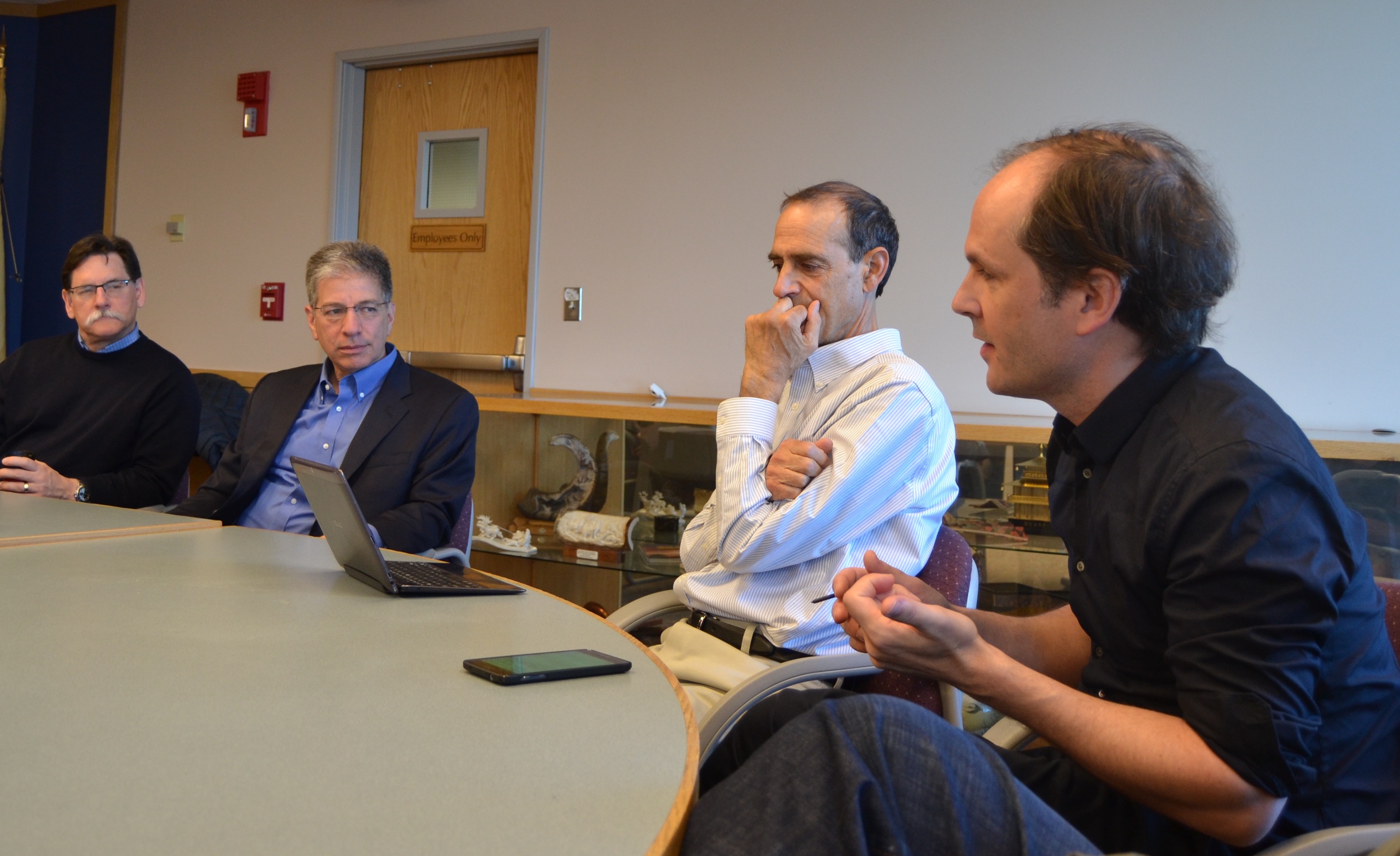Fairbanks North Star Borough in Alaska Establishes Sustainability Commission
By Claire Franco The Fairbanks North Star Borough is establishing a new Sustainability Commission to meet the needs of its current and future citizens. Research analyzing similar bodies in other communities has demonstrated that such programs can reduce municipal operating expenses, stimulate business, improve human welfare, enhance food security, and…


